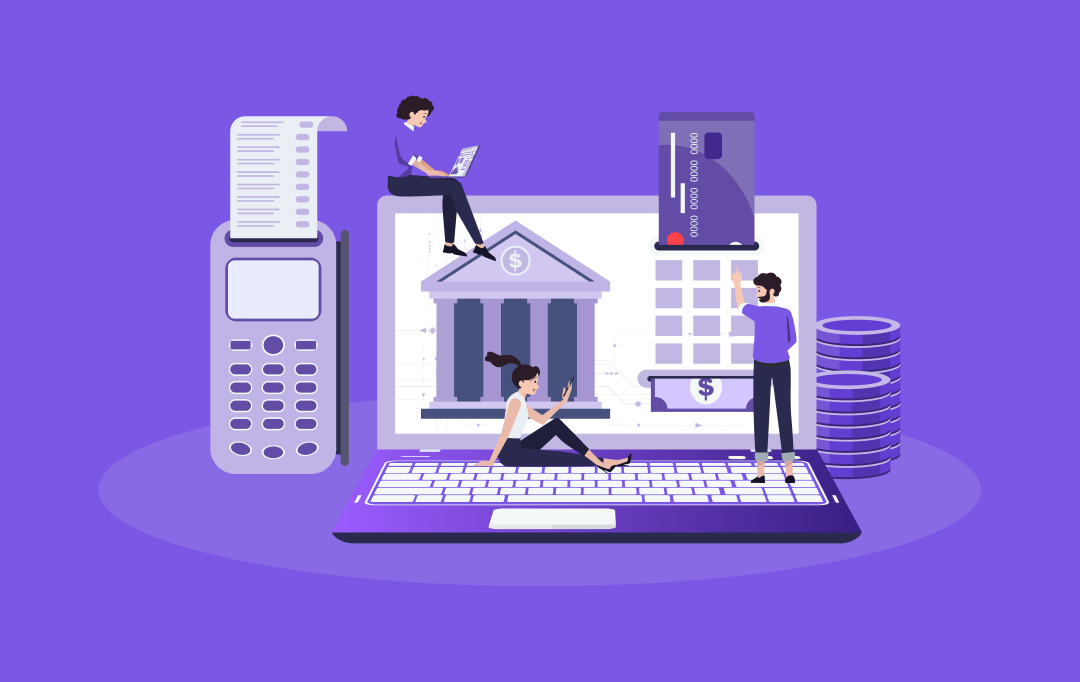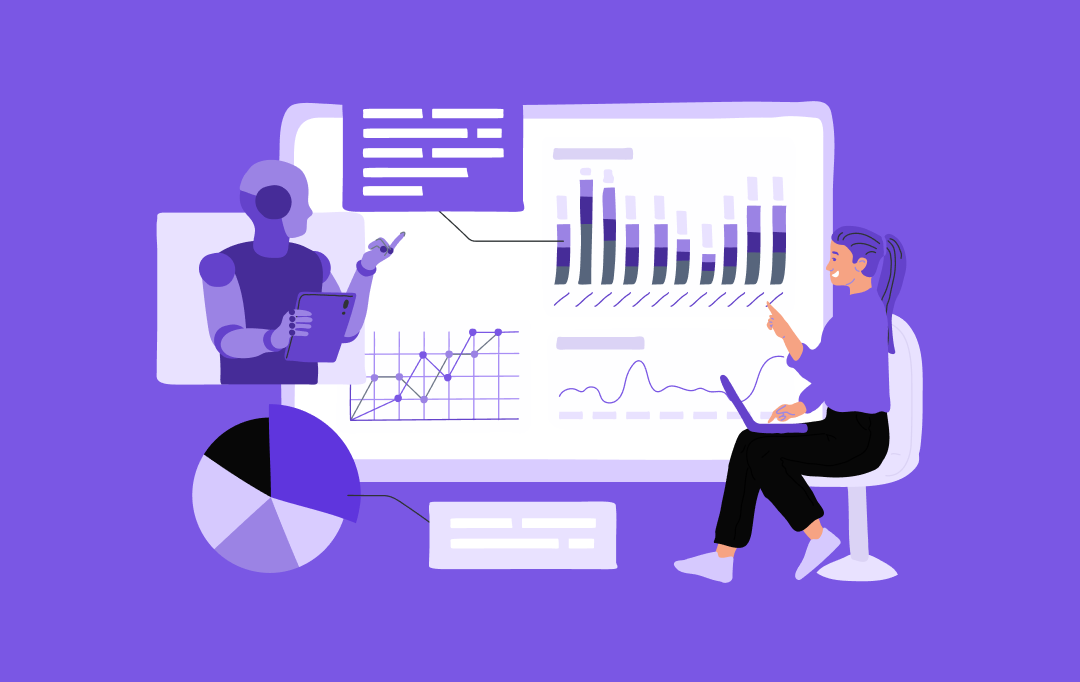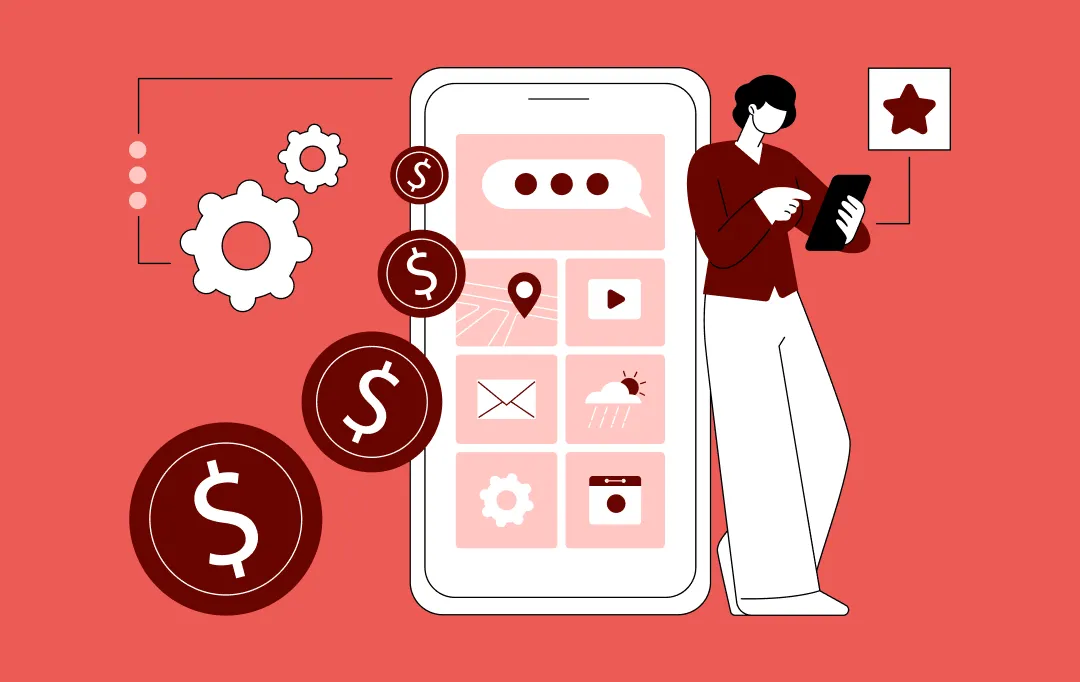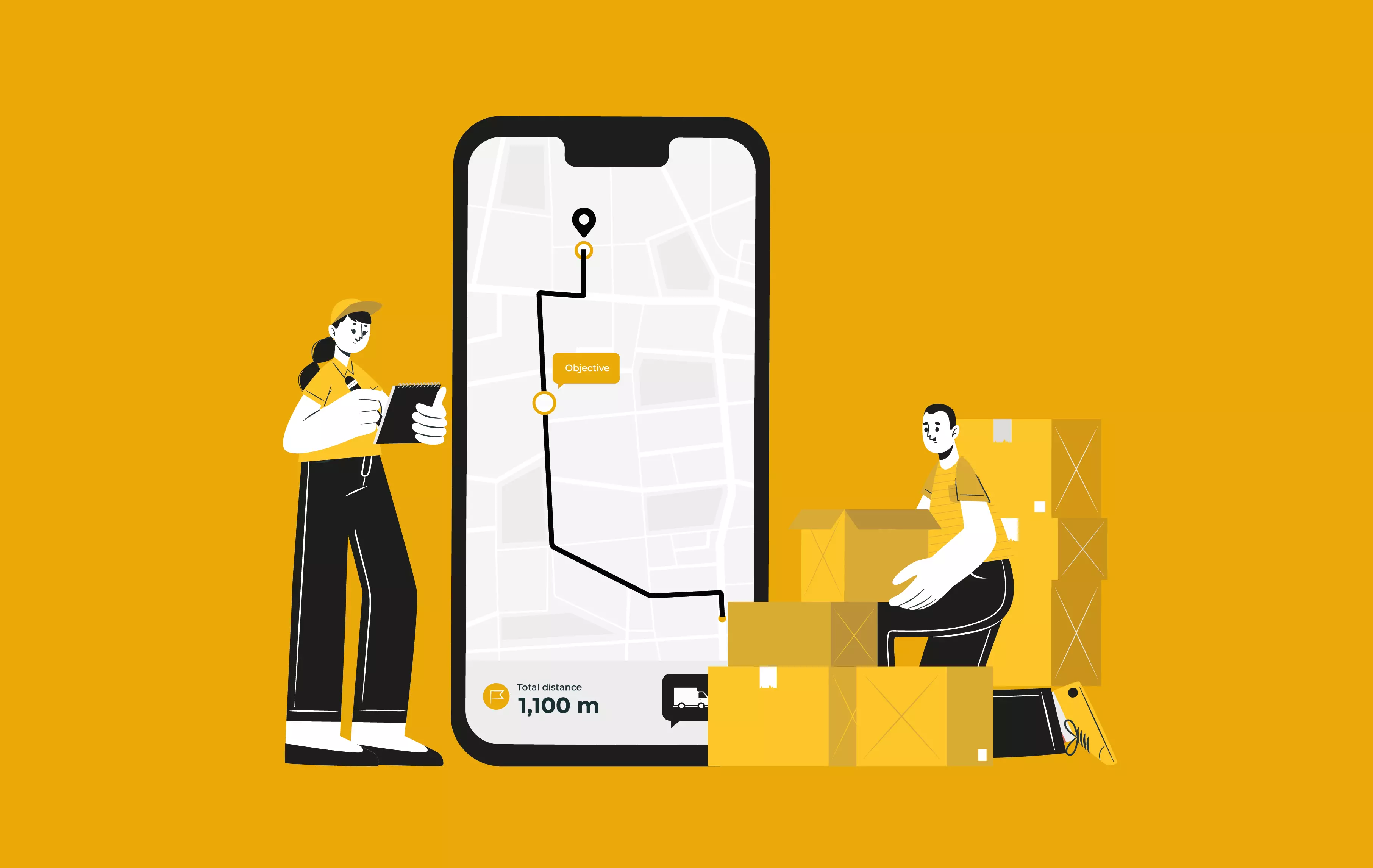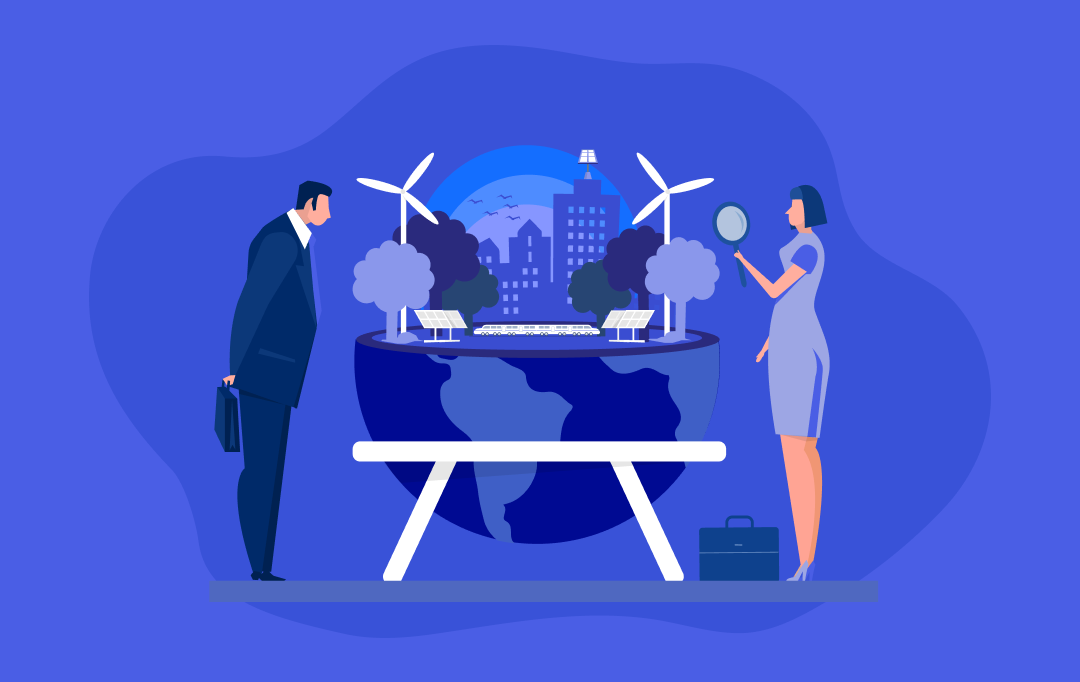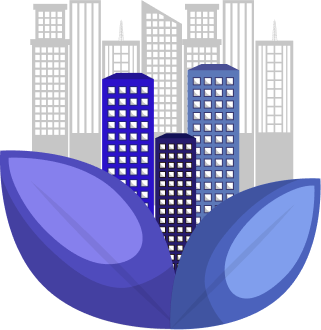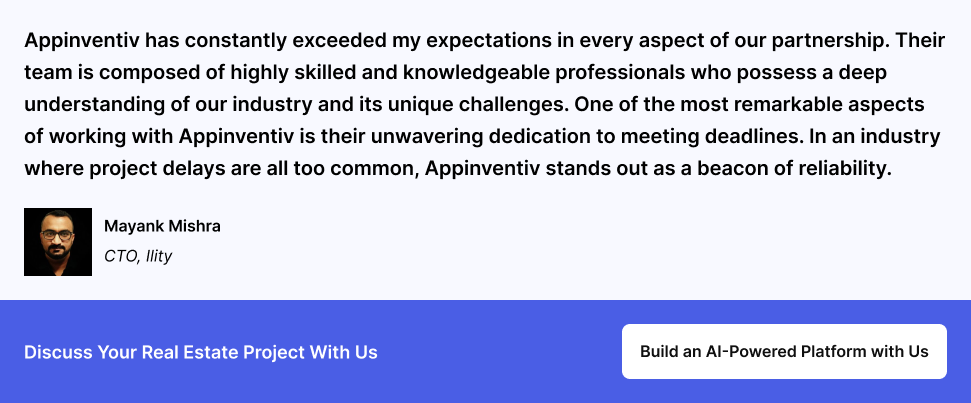- Government Initiatives and Regulatory Frameworks: Policy Actually Driving Market Behavior
- UAE Vision 2021 and Energy Strategy 2050: The Roadmap to a Green Future
- Dubai Clean Energy Strategy 2050: Powering the City of the Future
- Green Building Certifications and Standards: Shaping the Future of Sustainable Real Estate
- Innovative Technologies Enabling Sustainable Real Estate Development in UAE
- AI-Powered Building Management: Optimizing Operations for Sustainability
- Smart Lighting & Predictive HVAC: Cutting Energy Waste with Intelligent Systems
- Battery Storage & Energy Shifting: Maximizing Solar Efficiency with Storage Solutions
- Water Efficiency Technologies: Advanced Solutions for Sustainable Consumption
- Smart Irrigation Systems: Optimizing Water Use with Technology
- Proof in Practice: UAE’s Flagship Projects & Innovation in the Real Estate Industry
- Masdar City: Carbon Neutral Isn't Just Marketing
- The Sustainable City, Dubai: Making It Work at Residential Scale
- Dubai Creek Harbour: Integrating Sustainability with Urban Luxury
- Benefits of Sustainable Real Estate Development in UAE for Businesses
- Long-Term Savings through Energy Efficiency & Reduced Operational Costs
- Increased Property Value & Demand Due to Green Certifications
- Attracting Eco-Conscious Tenants & Investors
- Compliance with Global Sustainability Trends & Regulations
- Step-by-Step Process: How Businesses Can Get Started with Sustainable Real Estate Development in UAE
- Step 1: Understanding the Market and Regulatory Landscape
- Step 2: Identifying Sustainability Goals and Technologies
- Step 3: Building a Green Development Strategy
- Step 4: Partnering with the Right Experts for Technology Integration
- Step 5: Financing and Securing Green Certifications
- Step 6: Implementing Smart Real Estate Solutions and Monitoring Performance
- Step 7: Building Scalable Software Infrastructure for Real Estate Operations
- Challenges of Sustainable Real Estate Development in the UAE & Strategies to Overcome Them
- The Capital Question: High Initial Investment in Technology Solutions
- Navigating Regulatory Complexity with Technology
- The Retrofitting Dilemma: Legacy Buildings and Technology Integration
- Workforce and Expertise Gap: Specialized Knowledge for App Integration
- How Appinventiv is Helping UAE Businesses Lead in Sustainable Real Estate Development
- Our Regional Impact
- FAQs
Key takeaways:
- The UAE is leading the global shift toward sustainable real estate, fueled by major government initiatives like UAE Vision 2021 and Energy Strategy 2050.
- Iconic real estate projects in the UAE like Masdar City and The Sustainable City highlight the importance of sustainable real estate in the UAE.
- Green building certifications (LEED, Estidama) are essential for real estate developers, helping boost property values and investor interest.
- Sustainability in real estate is shaping the future of the UAE property market, making it essential for developers and investors to keep pace with this trend.
Here’s the thing about the UAE property market: it has never really moved at a leisurely pace. But what’s happening now with sustainable real estate development in the UAE feels genuinely different. We’re not just seeing another development trend cycle; we’re witnessing a fundamental restructuring of how capital flows, how regulatory decisions get made, and what actually gets built.
You would have probably noticed the shift if you’ve been tracking UAE real estate over the past five years. When we look back at iconic projects from the early 2000s like The World Islands, they represented ambition that largely operated without environmental guardrails.
Fast forward to today, and that same entrepreneurial energy channels itself completely differently; toward net-zero communities, regenerative design thinking, and genuinely circular economy principles.
This isn’t marketing repositioning; it reflects real changes in where money actually goes, what regulations actually demand, and what investors truly want to own.
Why this change? The UAE has made serious commitments towards sustainable real estate development.
UAE Vision 2071 set a clear national goal: environmental stewardship alongside economic growth. The UAE Green Agenda 2015-2030 backed that up with specific action plans. And these aren’t vague promises. They translate them into real regulations, real requirements, and real market consequences.
Let’s be direct: sustainable real estate development in the UAE means much more than just putting solar panels on rooftops. It encompasses comprehensive Environmental, Social, and Governance (ESG) standards, genuine energy and water efficiency, real certifications like LEED and Estidama, and cities designed around how people actually want to live.
Thus, if you are planning to make investment decisions, looking for development projects, or exploring technological opportunities in this space, what truly matters is sustainability. This isn’t peripheral. The way sustainable real estate development is reshaping the UAE property market trends directly affects valuation, determines which projects attract capital, and increasingly determines competitive positioning.
So let’s dig into what’s actually changing and what it means for your strategy.
Let’s build sustainable real estate together
Government Initiatives and Regulatory Frameworks: Policy Actually Driving Market Behavior
Here’s where policy and market dynamics intersect powerfully. The UAE government’s approach doesn’t just encourage sustainability; it structures economic incentives to make sustainable development the rational choice.
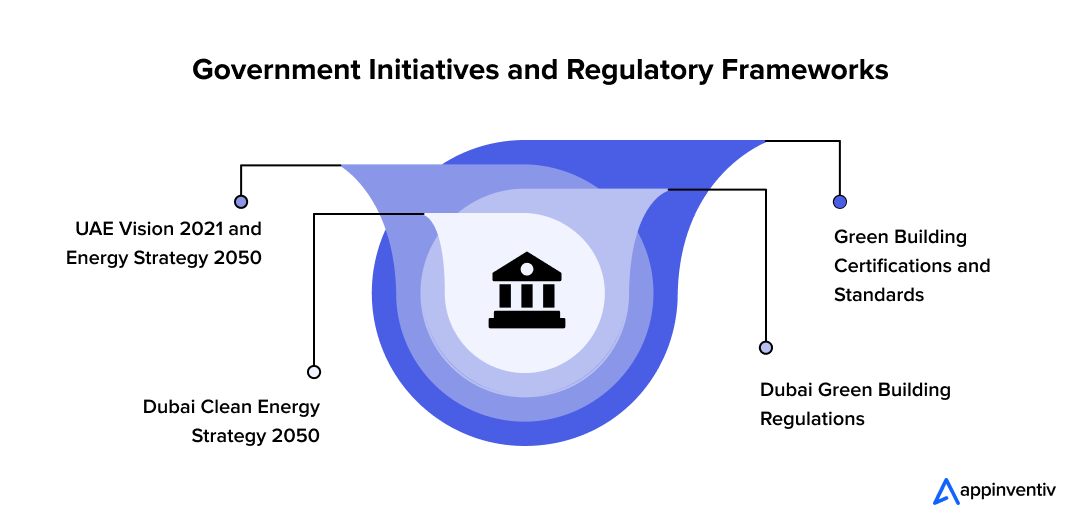
UAE Vision 2021 and Energy Strategy 2050: The Roadmap to a Green Future
The government has set the course, and the market is following suit. The UAE Vision 2021 and the Energy Strategy 2050 are driving the real estate sector towards greener and more energy-efficient buildings. These national strategies prioritize renewable energy, resource conservation, and the reduction of the carbon footprint in all sectors; including real estate.
Dubai Clean Energy Strategy 2050: Powering the City of the Future
Dubai Clean Energy Strategy 2050 specifies similar commitments with intermediate benchmarks. The goal here is to make Dubai the world’s most sustainable city by 2050. This commitment is not rhetorical. This translates into building codes, utility pricing structures, and regulatory requirements affecting every development decision.
Poor-performing building designs literally become non-viable from an approval perspective. Utility pricing incorporates sustainability incentives, efficient buildings cost less to operate, creating an obvious economic advantage.
Green Building Certifications and Standards: Shaping the Future of Sustainable Real Estate
The role of certifications in ensuring sustainability cannot be overstated. LEED, Estidama, and Dubai Green Building Regulations are all integral in setting the standards for green real estate.
Estidama Pearl Rating System: The Estidama Pearl Rating System, administered by Abu Dhabi Urban Planning Council, establishes performance tiers. Four-pearl properties demonstrate exceptional performance across environmental, social, and economic dimensions. You get certified; you get a market positioning advantage. Simple mechanism, powerful outcome.
Dubai Green Building Regulations: Dubai Green Building Regulations similarly establish measurable performance standards across energy efficiency, water conservation, waste management, and indoor environmental quality. These standards are not aspirational; they are mandatory for development approval. The regulatory framework gets tighter with each iteration, expanding scope and tightening performance requirements.
LEED: LEED certification, while originating internationally, has become increasingly standard within UAE projects. Properties attracting international capital or multinational tenants benefit from LEED validation. You see it most prominently in office real estate, where corporate occupants increasingly require LEED-certified spaces.
These certifications become more widespread with each passing day. What’s optional today becomes mandatory relatively quickly. Developers who stay ahead of this curve access first-mover advantages. Those who wait face pressure later.
Innovative Technologies Enabling Sustainable Real Estate Development in UAE
You know what’s interesting? Earlier sustainable building implementations carried cost premiums that limited adoption. Today’s technology landscape looks completely different. We’re seeing sophisticated systems achieving environmental objectives at price points competitive with conventional approaches when you evaluate lifetime operating costs.
Moreover, the integration of advanced real estate mobile apps and real-time monitoring systems has streamlined operations, enhancing both user experience and operational efficiency.
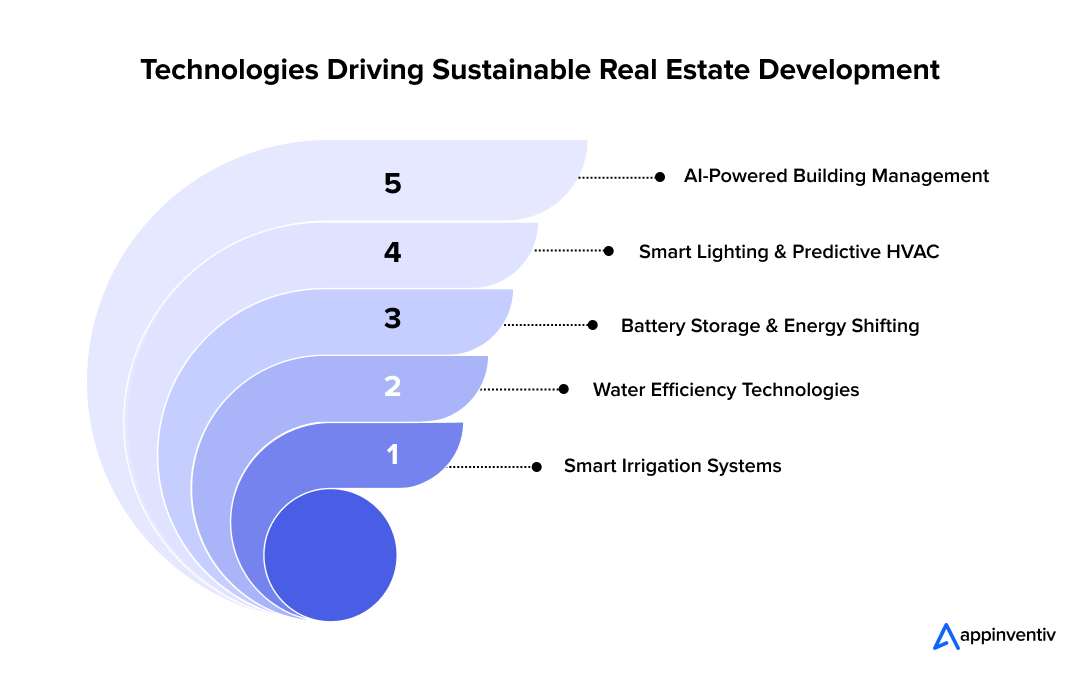
AI-Powered Building Management: Optimizing Operations for Sustainability
Integrated building management systems monitor energy consumption across everything: HVAC conditioning, lighting, power distribution, and equipment operation. Artificial intelligence algorithms optimize system response based on occupancy patterns, weather conditions, and grid demand signals.
Additionally, AI powered real estate mobile apps enable property managers to remotely control and monitor these AI systems. This helps them gain greater flexibility and convenience in managing energy usage and building operations.
Smart Lighting & Predictive HVAC: Cutting Energy Waste with Intelligent Systems
Smart lighting employs occupancy sensors and daylight harvesting, automatically adjusting illumination to required levels while eliminating waste in unoccupied spaces. HVAC systems employ predictive algorithms that precondition spaces based on anticipated occupancy rather than reacting to temperature deviation.
As a leading real estate app development company in Dubai, UAE, we have helped businesses implement these systems across multiple properties, and the performance data-driven from real estate apps consistently shows surprising efficiency gains. It’s not revolutionary technology; it’s applying computational intelligence to existing systems intelligently.
Further, integrating these systems with a dedicated mobile app allows tenants to personalize energy settings and monitor consumption in real time, driving even higher engagement with sustainable practices.
Battery Storage & Energy Shifting: Maximizing Solar Efficiency with Storage Solutions
Battery storage systems increasingly accompany solar installations, enabling load shifting and grid resilience. Some developments explore thermal storage systems that store cooling during off-peak hours, reducing peak demand for air conditioning.
The financial case is straightforward: you install solar, you reduce electricity consumption, and your operating costs drop. The math works without subsidies, which means it’s sustainable economically alongside environmental benefit.
Moreover, integrating battery storage data into a real estate app allows real-time insights, empowering users to make informed decisions on when to draw from storage or the grid.
Water Efficiency Technologies: Advanced Solutions for Sustainable Consumption
Greywater recycling systems capture water from sinks, showers, laundry, treating it for toilet flushing and irrigation. Rainwater harvesting captures precipitation for landscape irrigation. These systems collectively reduce freshwater consumption nearly by 30-50%.
Real estate mobile apps can further enhance water conservation by notifying residents of water usage patterns and providing actionable tips for reducing waste.
Smart Irrigation Systems: Optimizing Water Use with Technology
Smart irrigation systems employ soil moisture sensors and weather data integration to optimize landscape watering. Drought-resistant landscaping reduces irrigation requirements while maintaining aesthetic quality.
When you implement these systems, you see tangible reductions in operating costs. But how will you do that? You can add an integrated app solution that allows property managers to schedule and monitor irrigation remotely, providing a seamless way to ensure optimal water use and further reduce waste.
Also Read: 10 Smart Building Technologies Revolutionizing Facility Management
Proof in Practice: UAE’s Flagship Projects & Innovation in the Real Estate Industry
The UAE’s commitment to sustainable development for real estate is not merely theoretical; it’s being built into the major projects. In Q1 2025, real estate transactions in five UAE emirates surpassed AED 239 billion (approximately $65 billion), fueled by strong investor confidence in sustainability and flexible regulations. Over 94,700 deals were recorded across Abu Dhabi, Dubai, Sharjah, Ajman, and Ras Al Khaimah. Thai signals a strong start to the year for the property sector.
This surge in activity underscores how sustainability, innovative policies, and investor-friendly frameworks are driving the UAE’s property market to new heights. With that said, let’s look at projects that demonstrate this isn’t theoretical.
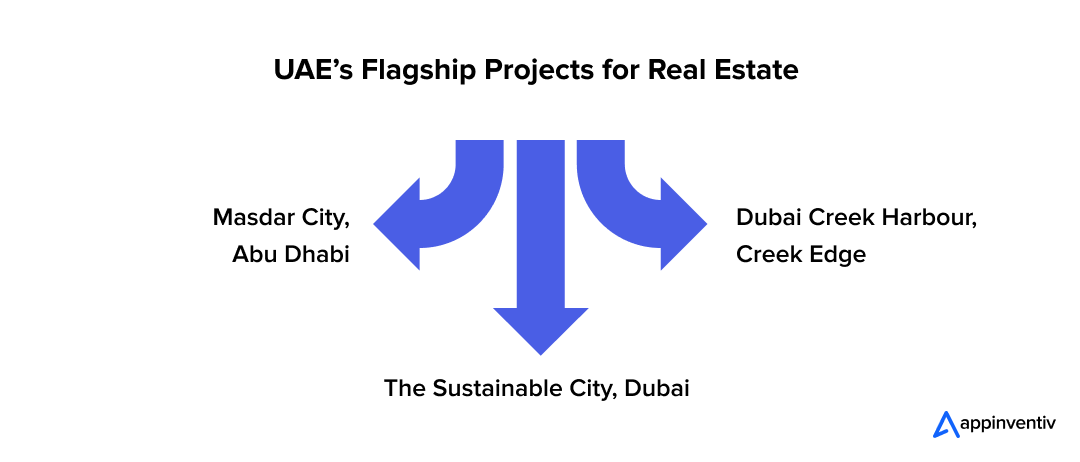
Masdar City: Carbon Neutral Isn’t Just Marketing
Abu Dhabi’s Masdar City honestly represents one of the most ambitious sustainability implementations anywhere globally. This isn’t a typical mixed-use development with some green features bolted on. The entire project architecture centers on carbon neutrality.
The project harnesses concentrated solar power systematically. The building design employs passive cooling that genuinely minimizes mechanical air conditioning dependency. Car-free urban planning reduces transportation emissions in ways that fundamentally reshape how people move through the community. Building envelopes incorporate advanced materials that moderate interior temperatures intelligently.
Water management? They’re capturing greywater at scale as up to 80% of non-potable water requirements get recycled internally, which matters enormously in an arid climate where municipal water generation requires energy-intensive desalination.
This isn’t retrofitted after-thought; it’s foundational design thinking. The project demonstrates something we think is crucial: you don’t sacrifice functionality or human experience to achieve environmental targets. The buildings work; people want to be there; the environmental performance actually happens.
The Sustainable City, Dubai: Making It Work at Residential Scale
Dubai’s Sustainable City shows what sustainable real estate in Dubai looks like when you’re trying to serve everyday residents, not just ultra-premium developments. Net-zero energy status gets achieved through comprehensive solar infrastructure.
Urban farming biodomes provide fresh produce locally, reducing food supply chain emissions while creating something we find genuinely interesting: nutritional security alongside environmental benefit.
Here’s what makes it different: the social sustainability component isn’t secondary. You’ve got extensive pedestrian networks where people actually walk places. Recreational facilities encourage community gathering. Public spaces prioritize livability and walkability between residential clusters, schools, retail, employment centers. Residents don’t need cars for daily activities. That reduces transportation dependency while strengthening community connections.
Dubai Creek Harbour: Integrating Sustainability with Urban Luxury
Dubai Creek Harbour, a large-scale waterfront development, integrates sustainability with urban luxury. Its residential clusters, Creek Edge, features energy-efficient buildings with water-saving fixtures and smart cooling systems.
It also includes pedestrian pathways, green corridors, and a sustainable mobility network. The sustainable design of Dubai Creek Harbour combines smart architecture with a focus on saving the environment and ensuring residents’ comfort.
Major sustainable real estate developers now incorporate sustainability into every project. We’re not seeing selective adoption anymore. Emaar systematically pursues LEED certification. Aldar applies Estidama principles across Abu Dhabi portfolios. This isn’t voluntary differentiation; it’s market baseline.
Also Read: Cost of developing real estate apps like Zillow or Trulia
Benefits of Sustainable Real Estate Development in UAE for Businesses
Sustainable real estate development in the UAE offers numerous advantages for businesses. By embracing eco-friendly practices and leveraging the potential of green applications for real estate, businesses can reduce operational expenses and position themselves as leaders in environmental responsibility. Let’s see in detail how sustainable real estate development can help project developers:
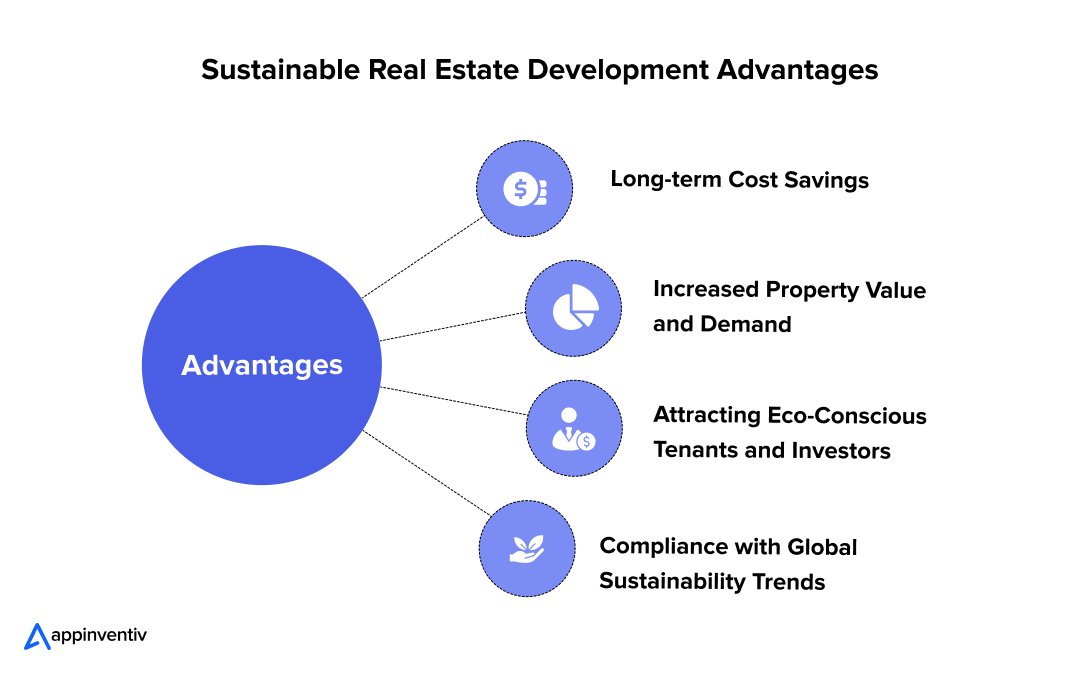
Long-Term Savings through Energy Efficiency & Reduced Operational Costs
Sustainable real estate gives businesses and investors serious long-term financial perks by dramatically slashing what they spend on operations. Energy-efficient systems such as LED lighting, smart HVAC, solar energy setups, and green AI applications help trim utility bills while also cutting the building’s carbon footprint.
Over time, these savings really stack up, making the investment more profitable and keeping sustainability financially viable for the long haul.
Increased Property Value & Demand Due to Green Certifications
Properties carrying green certifications like LEED and Estidama often command premiums in both market value and demand. These certifications tell buyers and tenants straight up that the property hits tough environmental standards, making it way more appealing in today’s eco-conscious market.
For investors, certified properties get viewed as higher-value assets delivering stronger returns both when you sell and when you rent. According to Entrepreneur Middle East, 80% of investors in the UAE prioritize sustainability for real estate investments.
Attracting Eco-Conscious Tenants & Investors
With sustainability becoming a bigger deal, both eco-conscious tenants and investors actively look for properties that match their values. Tenants want spaces that reflect their commitment to sustainability, which explains why properties built with green technologies and energy-efficient systems often experience much lower vacancy rates.
For investors, these properties promise steadier returns as demand for sustainable real estate keeps climbing upward.
Compliance with Global Sustainability Trends & Regulations
Staying compliant with global sustainability trends and regulations not only maximizes a property’s marketability but also minimizes risks. Following local and international standards like the Paris Agreement or green building development laws in the UAE helps businesses dodge potential fines and penalties that could hurt their bottom line.
It also positions them as market leaders, showing a forward-thinking take on environmental responsibility that matters more each year.
You may like reading: VARA-Compliant Blockchain Solutions in Dubai
Build a scalable & sustainable real estate platform and secure your future today
Step-by-Step Process: How Businesses Can Get Started with Sustainable Real Estate Development in UAE
Inspired by these sustainable projects? Interested in starting your own journey in this realm, but not sure how to get started? No worries. We will walk through how you can actually get this done. It’s not complicated if you follow a logical sequence of crucial steps.
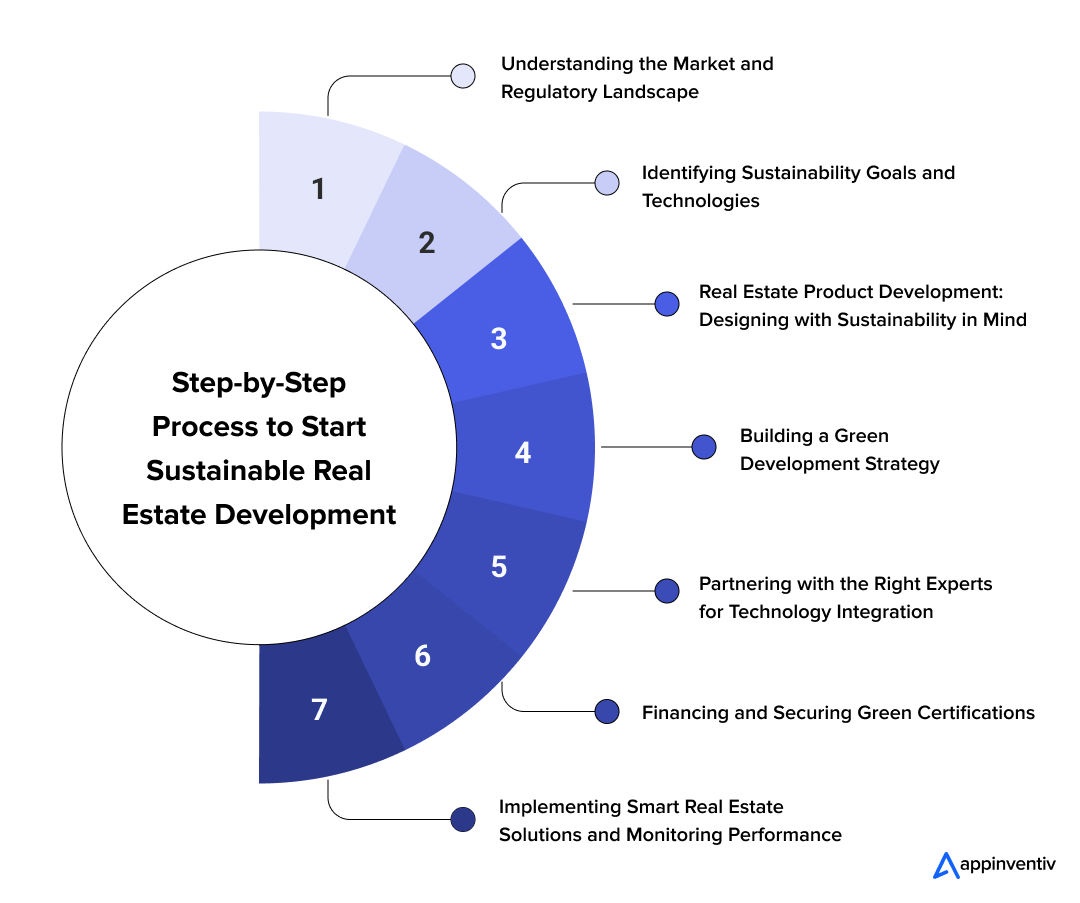
Step 1: Understanding the Market and Regulatory Landscape
The first step is to know what regulations you’re dealing with. Dubai? Dubai Green Building Regulations. Abu Dhabi? Estidama system or maybe you need LEED. Point is, these rules directly impact your approvals and what things cost.
Connect with government agencies, look at what other developers recently completed, check which certifications are actually becoming standard in your city. You can dodge huge problems later by understanding these rules upfront.
Step 2: Identifying Sustainability Goals and Technologies
So what’s your actual target? Are you going for LEED Platinum, or net-zero energy, or cutting water consumption by half? Your answer determines what tech you choose. Be realistic about constraints: your budget, your timeline, your location and the climate; these all are the vital factors in setting your goal and technology choice.
Step 3: Building a Green Development Strategy
The next step is to create a clear strategy document. Include your project scope, actual sustainability numbers (not vague targets), which technologies you’re installing and when, what money’s allocated where, how you’re talking to investors versus tenants versus government, and what could go sideways.
When you need to make tough decisions during the development project, this document can be your true savior. Also, don’t forget to align everyone on your team to this single document.
Step 4: Partnering with the Right Experts for Technology Integration
Sustainable real estate development in UAE is a huge project. You can’t do this alone. You need a trusted tech partner who has actually done this before. You might be a veteran at real estate development but new to sustainable building systems; that’s where specialists come in.
Find consultants with proven track records in UAE projects. Include sustainability specialists, engineers who know the tech you’re using, real property management experts, and of course, a real estate app development company in Dubai. Make sure these different specialists talk to each other. Siloed teams create disasters.
Step 5: Financing and Securing Green Certifications
Your money matters the most. Yeah, you can get traditional loans, but green financing typically gives better rates. Green Sukuk exists, government programs exist, green bonds exist; all designed for projects like yours. Start conversations with lenders who have actual green lending experience. They move faster than general banking departments.
Begin your certification process during design, not after you’ve built. This will help you avoid costly retrofitting. Retrofit costs kill projects. Track your sustainability metrics from day one. Certification bodies want evidence of actual performance, not theoretical calculations from your engineers.
Step 6: Implementing Smart Real Estate Solutions and Monitoring Performance
Once construction ends, the real work starts. You need property management systems where building automation, energy data, water tracking, and maintenance actually connect. Train your operational staff to read the data and respond intelligently.
Set baseline metrics before operations start; that’s how you measure whether you’re actually hitting targets. Get your tenants involved; people change behavior when they understand impact. Track energy bills monthly, publish performance reports quarterly, and schedule preventive maintenance actively. Adjust the performance of smart real estate solutions based on what you’re actually seeing, not what you planned.
Step 7: Building Scalable Software Infrastructure for Real Estate Operations
Here’s what most real estate businesses often miss: you can’t manage sustainability properly without real software. You need integrated dashboards showing energy consumption, water usage, maintenance status, and compliance requirements across all your properties simultaneously.
Thus, you must partner with an experienced mobile app development company in Dubai that actually understands sustainable real estate management, not just generic software companies. Your app/infrastructure becomes how you monitor performance, catch problems before they become expensive, keep tenants engaged, and show investors actual results. Without it, you’re managing everything manually and that doesn’t work across multiple properties.
Also Read: Cost of Real Estate App Development Like Property Finder?
Challenges of Sustainable Real Estate Development in the UAE & Strategies to Overcome Them
We wouldn’t be honest if we ignored the fact that the transition to sustainable real estate often involves significant challenges to green adoption. For developers, incorporating technology, particularly through app development, adds another layer of complexity that needs careful management.
The Capital Question: High Initial Investment in Technology Solutions
Challenge: Sustainable building systems require a higher upfront investment, and so does the tech that supports them. Developing mobile apps for energy management, real-time monitoring, and user engagement can be expensive, especially when integrating advanced systems like AI-based energy optimization or IoT sensors.
Solution: Government-backed incentive programs for technology adoption, alongside collaborations with app developers like Appinventiv, can help share the financial burden, offering scalable app solutions tailored to sustainable real estate projects. Additionally, incorporating real-time data analytics within apps can also help developers track long-term savings, justifying the initial costs.
Navigating Regulatory Complexity with Technology
Challenge: Real estate projects in the UAE often need to comply with multiple, sometimes conflicting, certification systems and regulations. Whether it’s Estidama in Abu Dhabi or Dubai Green Building Regulations, managing these certifications while also meeting LEED standards can be overwhelming.
Solution: Sustainable app development for real estate can streamline compliance processes by integrating real-time tracking features for different certification standards. This will also help automate reporting tasks and provide actionable insights to ensure projects stay aligned with evolving regulations.
The Retrofitting Dilemma: Legacy Buildings and Technology Integration
Challenge: Nearly half of the UAE’s built environment predates modern sustainability standards. Retrofitting these buildings with smart technologies such as IoT-based monitoring systems or AI-driven energy optimization apps, presents technical and financial challenges.
Solution: Developing tech-advanced applications can help overcome this barrier. These custom solutions help monitor the performance of legacy systems and guide the retrofit process. Apps can also act as virtual blueprints for optimization, offering predictive maintenance, energy consumption tracking, and potential savings.
Workforce and Expertise Gap: Specialized Knowledge for App Integration
Challenge: Building sustainable real estate requires specialized knowledge: not just for construction but for app development and technology integration. The complexity of app-based systems, such as integrating energy management apps with building automation systems, requires developers with specific expertise in PropTech and IoT applications.
Solution: While the UAE has made strides in training the workforce, there’s still a need for specialized skills in sustainable real estate app development. By partnering with companies like Appinventiv, developers gain access to the global talent of tech experts who are proficient in creating user-friendly mobile apps for sustainability.
How Appinventiv is Helping UAE Businesses Lead in Sustainable Real Estate Development
Organizations pursuing sustainable real estate development and market leadership require technology partners capable of delivering custom applications and implementation support. This is where we come in.
At Appinventiv, we provide comprehensive services spanning technology strategy, platform development, operational integration, and post launch maintenance, supporting sustainable real estate objectives.
The custom solutions we build enable property management automation, occupant engagement, performance monitoring, and sustainability tracking. We understand both the technology dimension and real estate operational context, ensuring solutions deliver genuine business value.
Don’t believe us? Here are a couple of our real estate development projects that give a good glimpse of our expertise in the particular domain:
HouseEazy: We partnered with HouseEazy to build an AI-powered property price prediction platform. This helps our client to get accurate price estimates for both existing and under-construction societies.
The Results?
- Higher lead conversions through data-driven pricing
- Enhanced user trust and platform credibility
Ility: For another client, we created a white-label SaaS-based real estate platform, ILITY. The platform yielded significant profits to the business.
The Results?
- 40% higher occupancy
- 2% increased landlord RoI
Our Regional Impact
With over 10+ years of experience in the Middle East, Appinventiv has delivered 1000+ digital projects, working across 35+ industries. What’s more? We’ve executed 500+ enterprise workflow modernizations and boast over 20 strategic partnerships in the UAE.
This extensive experience enables us to support government and compliance programs, executing 12+ regional projects with excellence.
Our Business Impact in Numbers:
- 99.90% SLA Uptime for Mission-Critical Systems:
- 40% Cost Savings via Digital Transformation
So, if Sustainable real estate development in the UAE is something taht catches your attention and you have a master plan in mind, we are here to help turn that plan into action. Contact us to embark on your sustainable real estate project today.
FAQs
Q. Why is sustainability becoming a key focus in UAE real estate?
A. The UAE government has established explicit sustainability commitments through Vision 2071 and intermediate strategies. Regulatory frameworks increasingly mandate environmental performance; you literally can’t get development approval without meeting standards.
Simultaneously, institutional capital flows increasingly prioritize ESG metrics. When the government mandates, regulations require it, and investors demand it, organizations failing to integrate sustainable real estate development in the UAE face regulatory friction, capital constraints, and competitive disadvantage. It’s not optional anymore; it has been an unavoidable need now.
Q. What technologies are driving sustainable real estate in the UAE?
A. There are several technologies that drive sustainable real estate in the UAE. Some of the key technologies are:
- Building Automation Systems
- Artificial Intelligence (AI) for Energy Optimization
- Smart Lighting Systems
- Predictive HVAC Systems
- Solar Photovoltaic Systems
- Battery Storage Systems
- Smart Irrigation Systems
- Greywater Recycling Systems
- Rainwater Harvesting Systems
- Building-Integrated Photovoltaics
- IoT Sensors for Real-Time Monitoring
- Energy Management Platforms
- Energy-Efficient Building Materials
- Modular Construction Technology
- Circular Economy Practices in Construction
These technologies create compound efficiency improvements exceeding individual contributions. You’re not implementing one solution; you’re building integrated systems.
Q. How are smart cities and sustainability interconnected in development?
A. Smart cities and sustainability are interconnected by using advanced technologies to optimize resource use, reduce waste, and minimize energy consumption. Through IoT, AI, and data analytics, connected buildings communicate with district-level systems. This enables optimization across communities rather than individual structures.
Traffic management reduces congestion and emissions. Energy distribution networks balance renewable generation with consumption patterns. Water systems optimize distribution and recycling. These interconnections create emergent efficiencies exceeding what individual buildings achieve independently.
Q. How are artificial intelligence and IoT advancing sustainability in real estate?
A. AI and IoT are revolutionizing sustainable real estate in Dubai by optimizing energy use, improving resource efficiency, and enabling real-time monitoring.
AI helps predict energy consumption patterns and adjust systems for efficiency while IoT sensors track variables like temperature, lighting, and water usage, providing insights that reduce waste and lower operational costs.
Together, AI and IoT create smarter, more sustainable buildings that adapt to their environment and continuously improve sustainability performance.
Q. How does UAE Vision 2071 shape sustainable real estate growth?
A. UAE Vision 2071 focuses on building a sustainable, innovative, and knowledge-based economy, which directly influences sustainable real estate growth.
The vision encourages green building practices, renewable energy integration, and eco-friendly construction, aligning real estate development with national environmental goals. It promotes long-term sustainability by setting policies that incentivize energy-efficient buildings, smarter urban infrastructure, and the adoption of cutting-edge technologies, shaping a more sustainable urban future for the UAE.


- In just 2 mins you will get a response
- Your idea is 100% protected by our Non Disclosure Agreement.
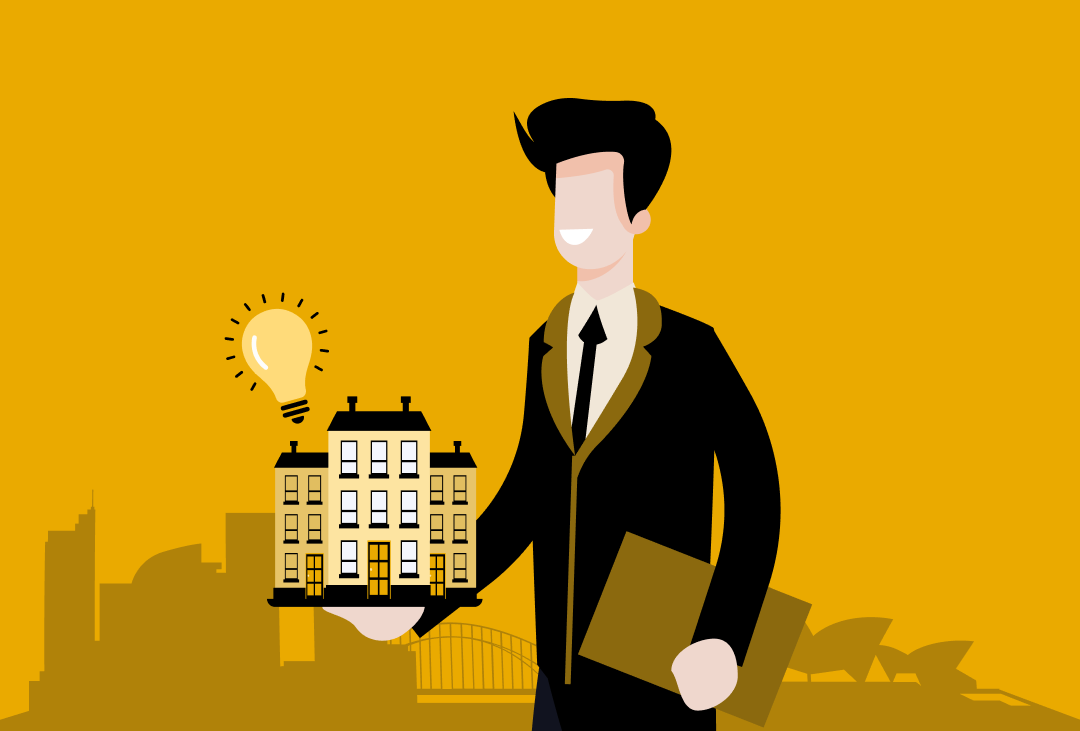
15 Innovative Real Estate Business Ideas for Startups In Dubai
Key takeaways: Dubai’s real estate market is booming, with $36.32 billion in 2024, and a projected value of $52.32 billion by 2030. Real estate tech startup ideas in Dubai, like AI analytics, blockchain-based tokenization, and metaverse initiatives, are reshaping the industry. Eco-friendly developments and smart city initiatives are the fundamental pillars, creating opportunities for green…

How Much Does it Cost to Build a Real Estate App Like Dubai Rest?
Dubai’s real estate market is among the most vibrant and profitable globally, consistently drawing investors, buyers, and renters. As of December 2024, residential property prices in Dubai had surged by 27.5% year over year, and transaction volumes had exceeded 169,000 by December 2024, marking a significant increase in the market (Source: Dubai Chronicle). These statistics…

Real Estate Transaction Management Software Development: A C-Level Executive’s Guide
A leading real estate firm faced a recurring challenge: managing dozens of property transactions simultaneously across multiple locations. Every deal involved endless emails, scattered documents, and multiple follow-ups with stakeholders. Missed deadlines and compliance issues began eroding client trust, and their ability to close deals efficiently was slipping. If this scenario feels all too familiar,…











